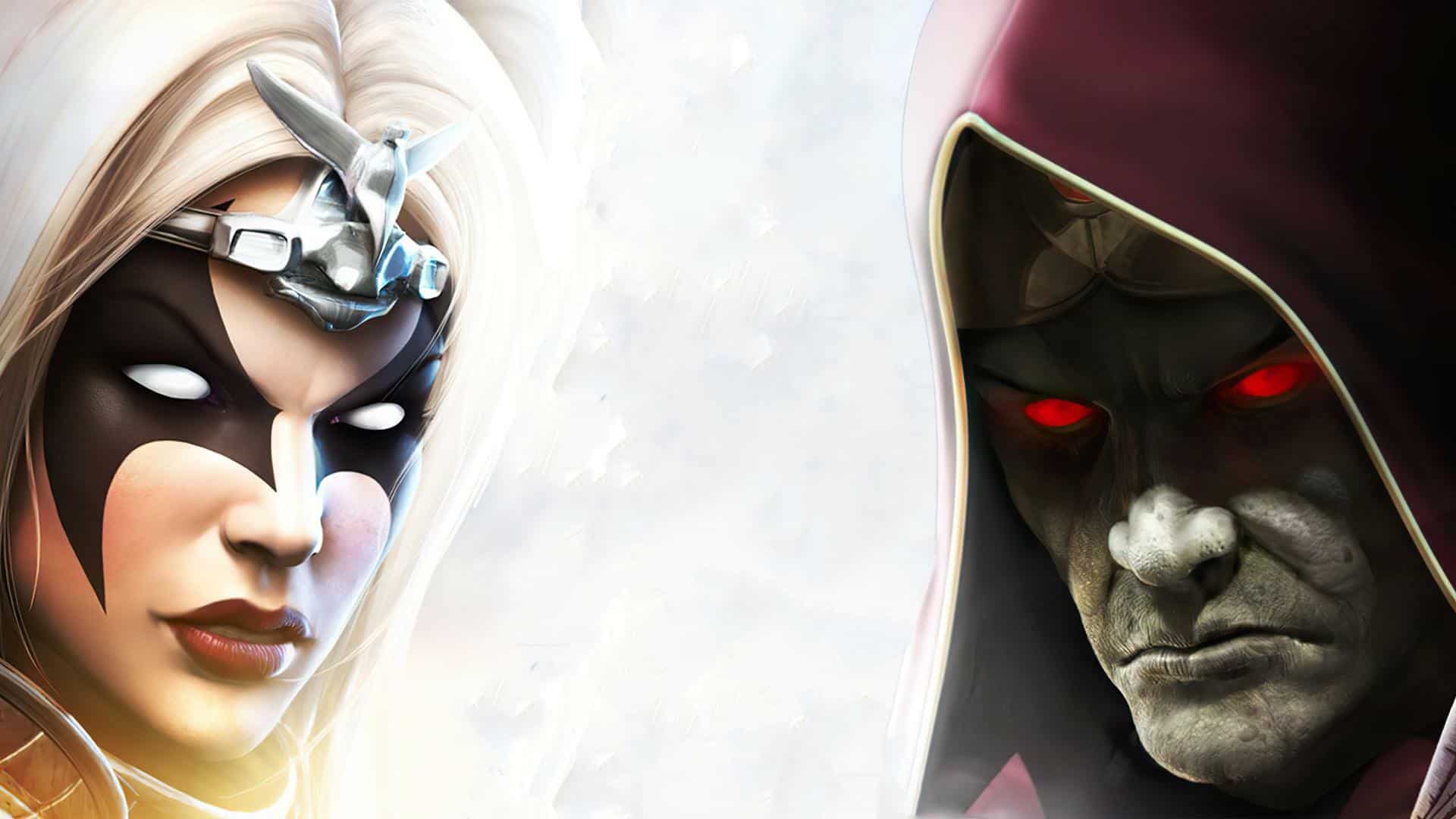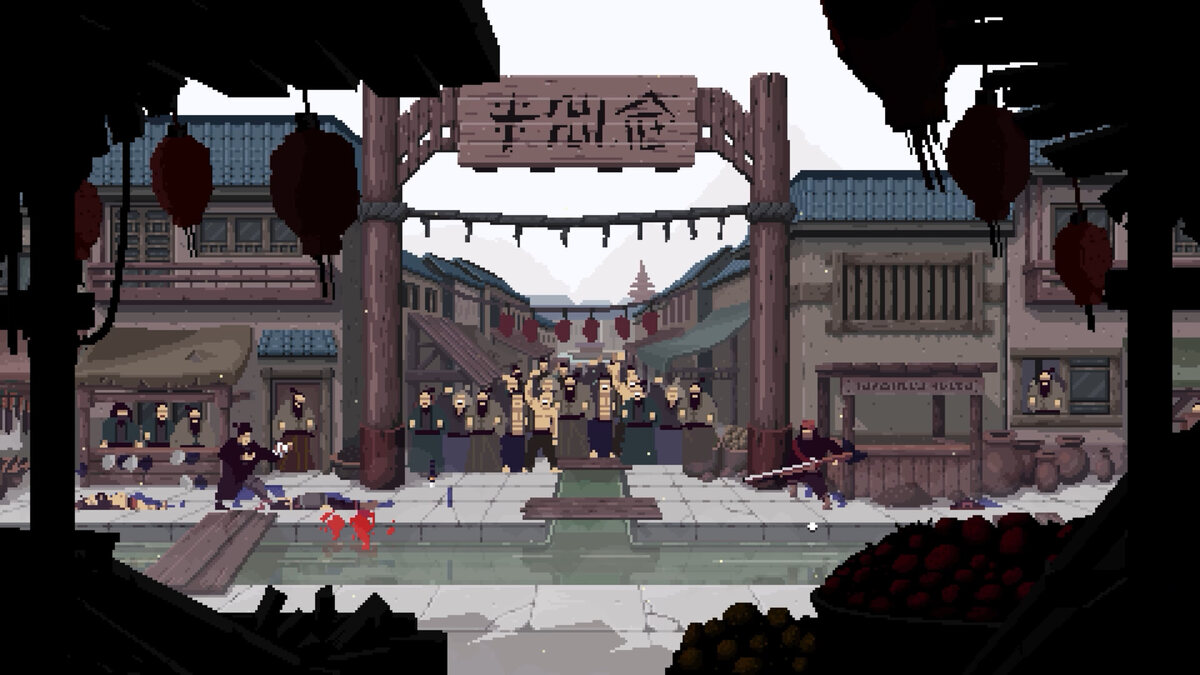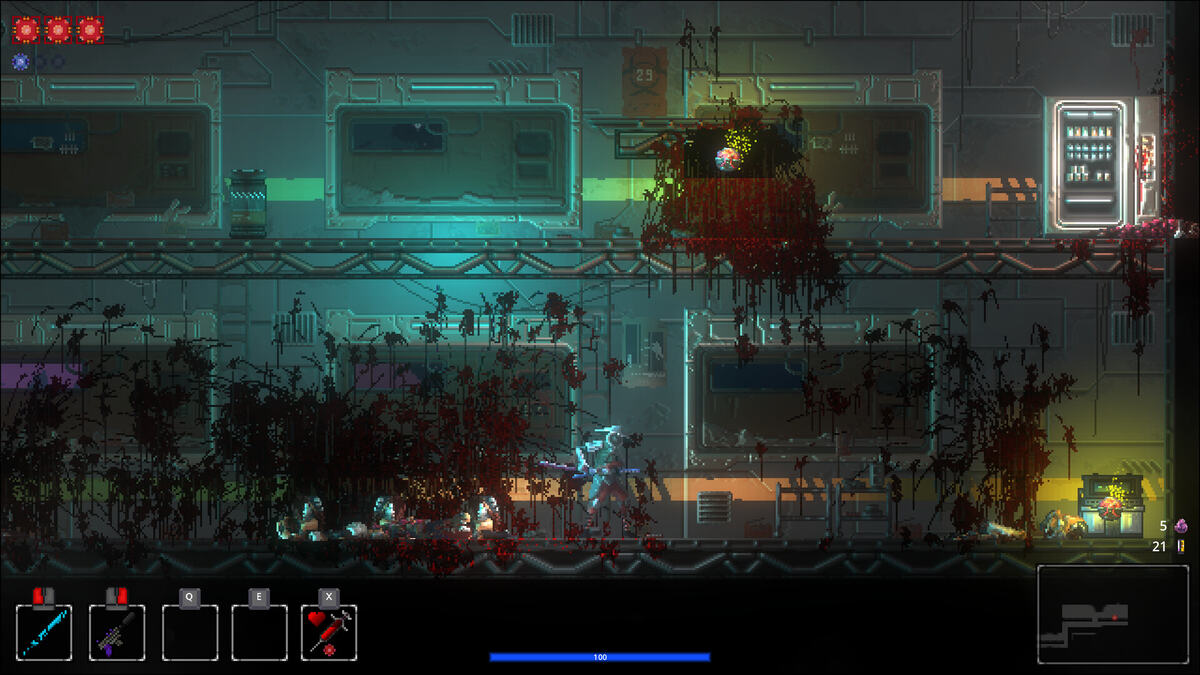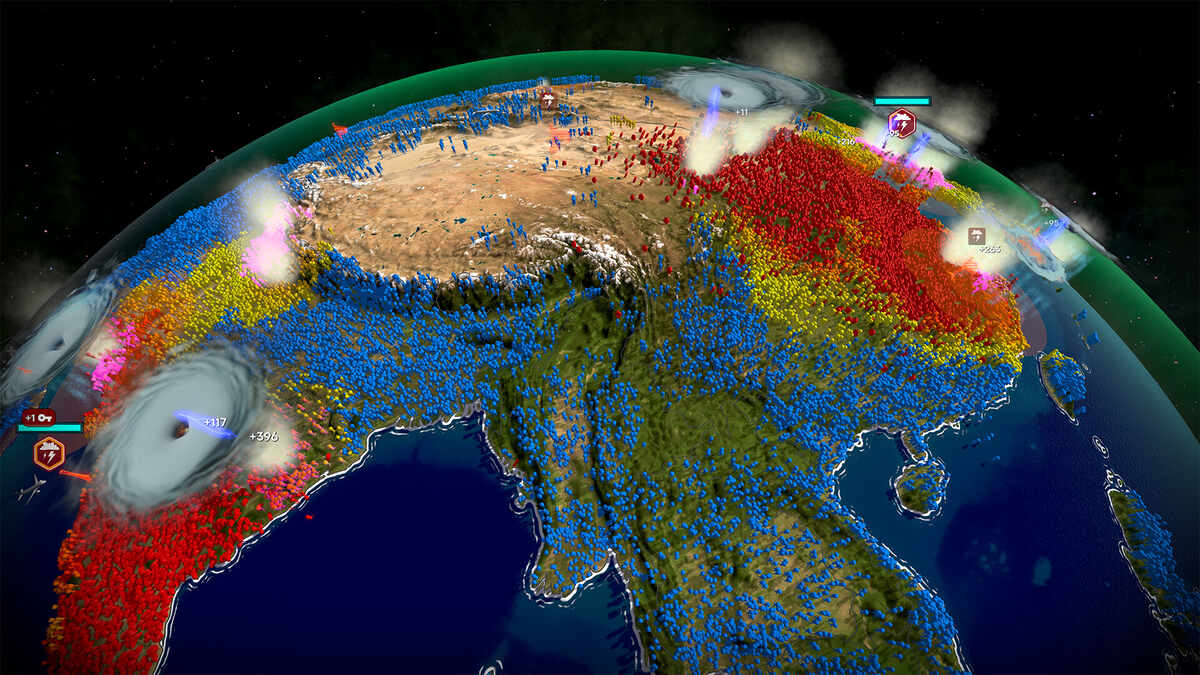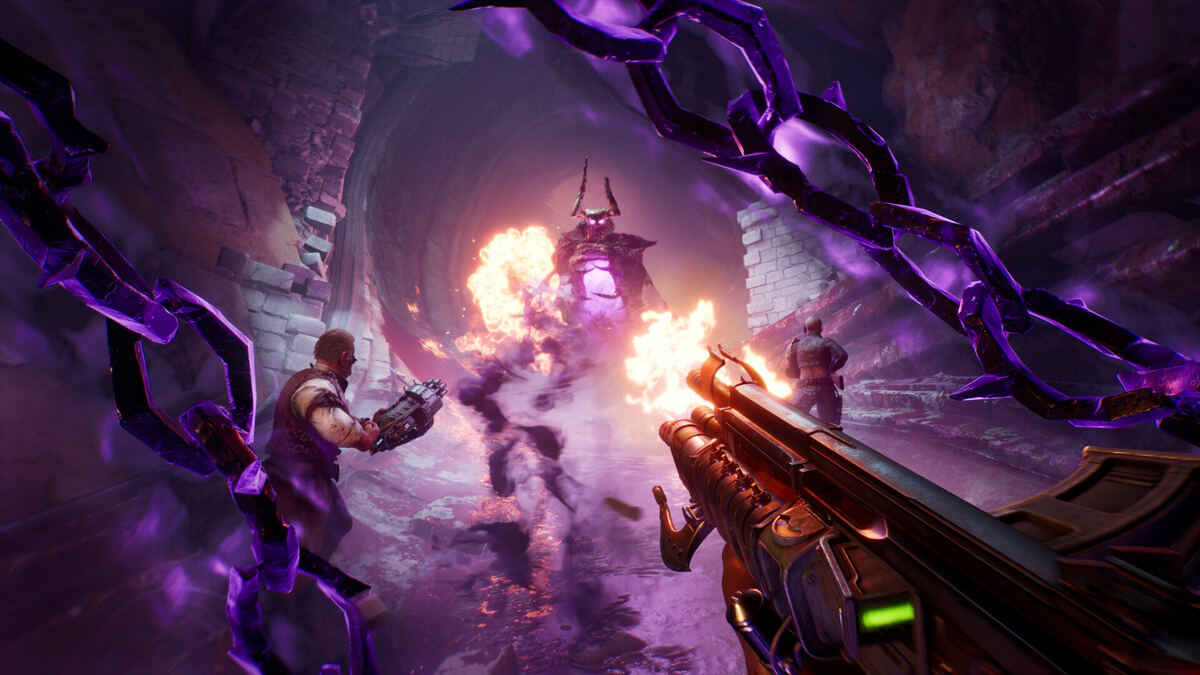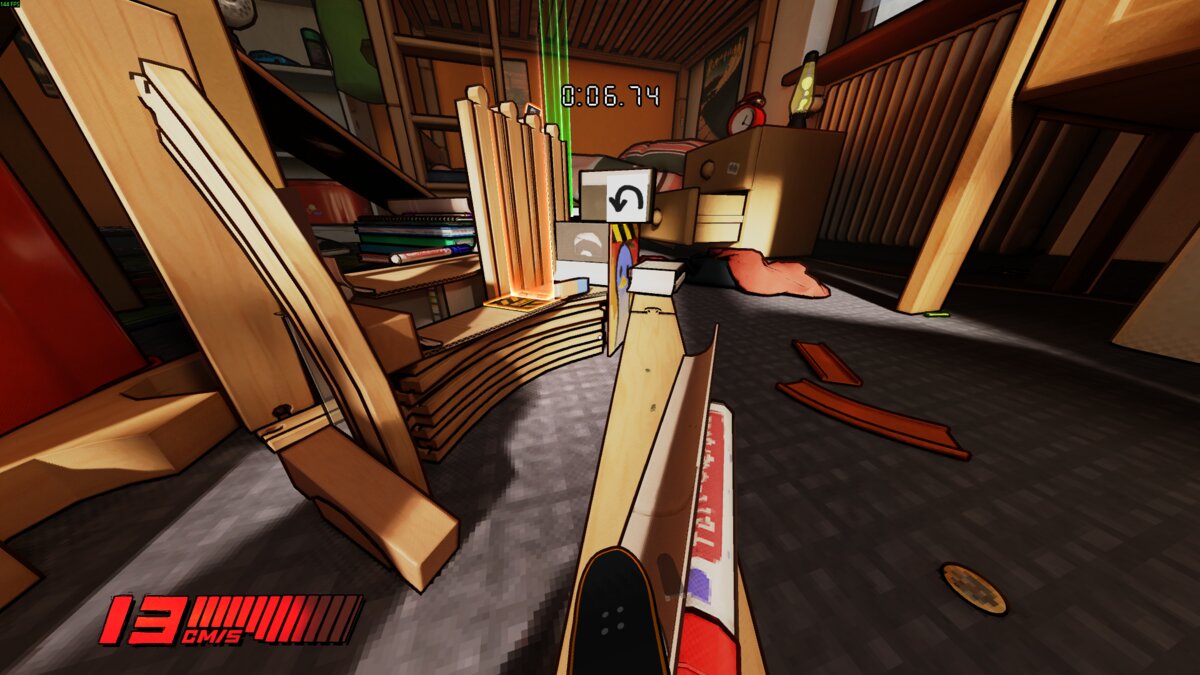You can trust VideoGamer. Our team of gaming experts spend hours testing and reviewing the latest games, to ensure you're reading the most comprehensive guide possible. Rest assured, all imagery and advice is unique and original. Check out how we test and review games here
With the sequel to 2004’s action-RPG Sacred due in the first quarter of next year for PC and 360, Pro-G took some time to talk with Product Manager for Ascaron Entertainment, Alan Wild. While the game is still in a relatively early stage of development, there is already plenty to be learned about Sacred 2: Fallen Angel, which strives to be accessible and packed with replay value.
Pro-G: Hi Alan. The action-RPG genre is already full of decent quality titles. What does Sacred 2: Fallen Angel offer that distinguishes it from its rivals?
Alan Wild: Well, Sacred 2 is fully 3D with a completely seamless world. There are no level breaks in it whatsoever, it’s hugely atmospheric, and it’s got proven gameplay from its Sacred 1 history.
Pro-G: So, in terms of narrative, what is the game’s connection with the first Sacred?
AW: Well, Sacred 2 is a sequel in that it follows on from Sacred, and it’s got the Sacred branding, and we’ve taken over the Seraphim character, who continues her adventures in Sacred 2. But the actual game itself is set 2000 years before the original Sacred. So while existing Sacred gamers will understand and see links between the original and the sequel, at the same time it doesn’t isolate or exclude new gamers coming into it, because you don’t need to know anything and you don’t need any background knowledge of the original Sacred to enjoy Sacred 2.
Pro-G: There are two single-player campaigns in Sacred 2: Fallen Angel: the light and the shadow. How did you come about deciding to create two different campaigns?
AW: In Sacred we really touched upon the theories of having light and dark characters and light and dark questing. We had characters like the Dark Elf, and the Vampyress, which were very new characters for an action RPG. With Sacred 2 we wanted to address that further, and in doing that it seemed quite obvious that we wanted to do two separate campaigns, giving players the opportunity to play either the good side, which is the light, or the shadowy, more dark side of the game.
Pro-G: And is there actually enough difference between the two campaigns to make it worth playing both?
AW: Oh yes. There’s plenty of difference to warrant replay, which again gives the player lots more to experience from their game. You could play the light campaign and shadow campaign through, and would notice the same areas, with variation on side quests and sub quests. But Also, throughout the light and shadow’s main quests, you’ve got an overall different objective, which you’ll see in the quests you’re given, and in the way that NPCs react to you.
Pro-G: There are several players available to the characters. Can you tell me a little about them?
AW: We’ve got six characters, all equally playable in their own right. The Seraphim, who was sent to protect the world and take care of it, who can only play the light campaign, and on the opposing side you have the Inquisitor, who is a much darker, perhaps more evil character, who can only play the shadow campaign. Then we’ve also got four characters, which are the Shadow Warrior, the High Elf, the Dryad, and the Temple Guardian. Each is different in their own right and have access to either the light or shadow campaign.
Pro-G: How would you describe the size of the game, in both time scale and the physical size of the game world?
AW: In terms of putting hours on it, it is difficult. We know from our original release we still have gamers playing now, some 3-and-a-half years post release. With Sacred 2 you have six characters and two campaigns. Let’s say you’ll get 20 to 25 hours from each character, for each campaign. Gamers could easily get 100 or 200-plus hours out of it, without adding multiplayer on top with all the different modes. Plus, you could travel from the North West corner to the South East corner of the map in maybe seven or eight hours.
Pro-G: So whom do you perceive the target audience of Sacred 2: Fallen Angel to be? Hardcore gamers or more casual players?
AW: It is definitely one for the hardcore, because of the character development, and the continuous reward and story. They will love it. They played Sacred and they loved that, and this will carry that through. But equally, it’s for the casual market, because Sacred has its own atmosphere, look and feel that is quite instant, and it is pick up and play. You could sit down and play it for half an hour, put it down and easily pick it up again and get straight into it.
Pro-G: So how will the 360 version differ from the PC version?
AW: It will be the same as the PC version, right up until the way the multiplayer works. In the 360 version, characters will be saved on XBL, and we will also have a 2-player, single screen co-op mode on one console.
Pro-G: Can you tell us about the various multiplayer modes than?
AW: On the 360 you can play the single-player campaign together in two-player co-op on the same screen. You can also go online and play the arena battles to try and get yourselves up the leader boards, and you can play PvP and PvE as well. On the PC, across LAN, and open and closed networks, there will be PvE, PvP, separate screen co-op and what, for now, we’re calling a free-play mode, which we can talk about at Leipzig.
Pro-G: Thanks for your time.
/https://oimg.videogamer.com/images/bafc/sacred_2_fallen_angel_20.jpg)
/https://oimg.videogamer.com/images/3744/sacred_2_fallen_angel_19.jpg)
